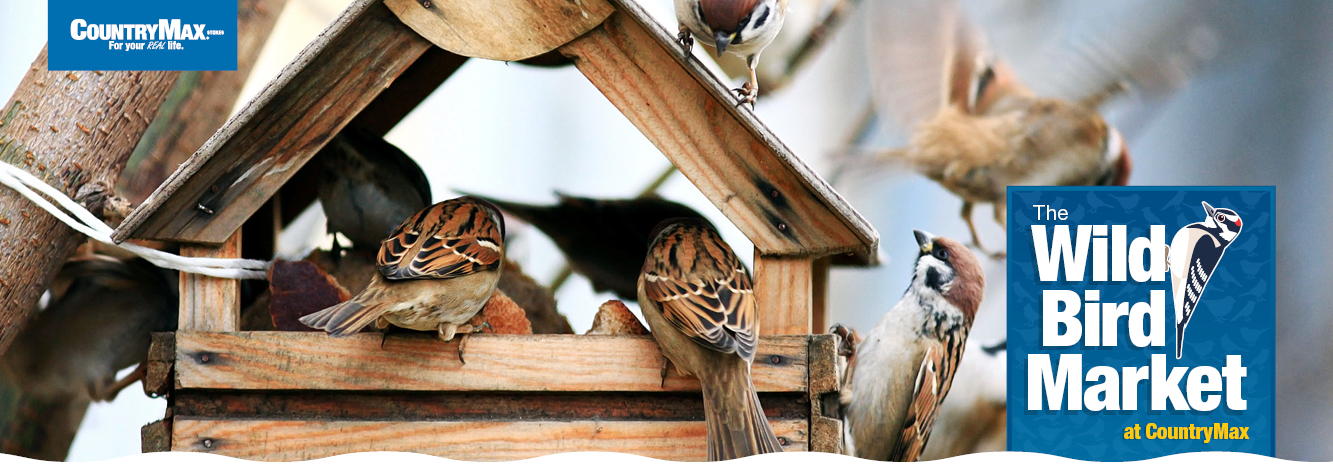Backyard Bird Life: March




It was one of those March days when the sun shines hot and the wind blows cold: when it is summer in the light, and winter in the shade. -Charles Dickens

March signals the very first signs of spring
– a sunny day here or there. That means early birds are returning. In general, warm and sunny days are good for spring migration and on into the breeding season. Rainy or overcast days can be surprisingly good for birding, as well.
March is time to start watching for hawks and songbirds to return. Northwesterly winds with cumulus and cirrus clouds are ideal conditions. Sunny skies help the birds…and the bird watchers!



According to Benjamin Van Doren, a postdoctoral associate at the Cornell Lab of Ornithology in Ithaca, New York, most birds migrate at night. This spring, there could be as many as 4 billion birds in North America passing over our heads while we are sound asleep.

Ornithologists estimate that migratory birds of many species have about a 50 percent chance of living a whole year. With two migrations and two periods for nesting, it’s a lot of moving around!

The Arctic Tern makes by far the longest migration of all bird species, from Greenland in the North to the Weddell Sea in the South. That’s a long flight!

Some birds travel low, where we can see them. Songbirds fly in plain sight, averaging 500 to 2,000 feet. Geese go quite a bit higher, reaching 29,000-37,000 feet high.

Upon arrival, your backyard bird friends need food, water and nesting materials. It takes a lot of energy to travel, and dehydration is a real danger after a migration flight. Once those immediate needs are met, birds start looking to make a nest and lay eggs. String, hay, pet hair, even strips of fabric can supplement natural items like twigs or moss.


In winter, birds need fat, carbs and calories. That’s why suet makes so much sense. Sunflower seeds and peanuts are good energy, too. Spring brings more natural food options – insects, grubs, plant buds. But there’s still a need for you to fill your feeders. You just have to change up the menu.


In addition to what they can find in the wild, migrating birds appreciate:
• Nectar for hummingbirds and orioles.
• Fresh fruit for orioles and tanagers.
• Smaller fruits, such as grape halves, for thrushes and thrashers.


To keep your longer-term residents happy and healthy:
• Nuts provide energy and protein for hungry wild birds.
• Provide live or roasted mealworms.
• Birdseed mixes that include mealworms are an easy solution.
• Chicken eggshells can be toasted (to kill bacteria) and sprinkled over the ground or added to a birdseed mix for more calcium.

While it may seem milder, March is often punctuated by surprise winter storms, cold snaps and excessive wind. That means birds still need you!
• Keep you feeders clean – no mold or spoiled food.
• Provide fresh water for returning birds.
• Consider a bird bath deicer – temps can still dip below freezing in Upstate New York.

Did you know that native birds are protected under the Migratory Bird Treaty Act? This law prohibits the taking of nests, eggs or feathers, except for scientific purposes. Naturally, it also prohibits killing (except those species for which there are designated hunting seasons), harassing or "adopting" wild birds.
What if you find a young bird that been abandoned? Generally, leave it alone. Mom and dad may be nearby and will return. Here’s what New York City Audubon advises if you find a young or injured bird.
Another important guideline for the treatment of wild birds is the American Birding Association Code of Ethics. If you're not familiar with it, take a look now.

Have you been to The Cornell Lab of Ornithology? It’s less than two hours away from almost any CountryMax location and it will jump-start your backyard bird enjoyment.
With 230 acres and 4 miles of trails, the center features science exhibits, artwork and all kinds of birds.
Open daily from 10am to 4pm, there’s plenty to do indoors, outdoors and for kids. Visit the website for the calendar of events. Choose from guided tours, beginner bird walks, seminars and family events.
After your visit, come on back to CountryMax for all the wild bird supplies you need to take your backyard birding to the next level!

As the #1 source for wild bird seeds and supplies, we decided to make it super-easy to get started with this satisfying hobby. For under $30, you get everything you need to enjoy wild bird feeding. Perfect as an added feeder in your yard, or as a gift to someone just getting started this year.
This handsome, high-quality feeder comes straight from the CountryMax Woodshop. It’s a dual-purpose feeder – seeds and suet.
1. Fill the center with premium seeds and watch cardinals, blue jays, finches and more come to your backyard for a much-needed mid-winter feast.
2. Add suet on both sides and you’ll welcome a whole bunch more of your feathered friends. Woodpeckers, chickadees and nuthatches are just a few of the species that seek out the high-protein nourishment of suet.
Starter Size Bag of Wild Bird Seed
Our blends are your best bet to attract a variety of native birds to your backyard.
2 Suet Cakes
Suet is a backyard birder’s secret, especially in colder months when birds need a rich source of energy. Put these cakes in your feeder, sit back and watch the feast begin!



